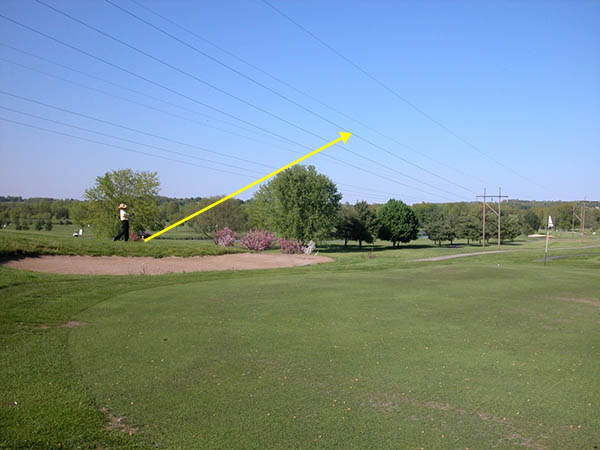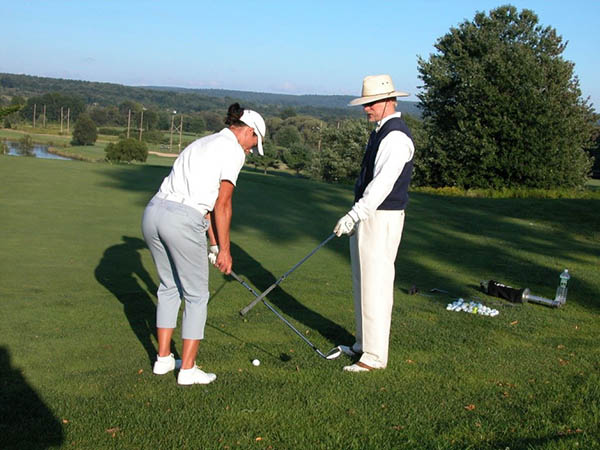The Difference Between a Chip and a Pitch

By Dr. T. J. Tomasi, Keiser University College of Golf Senior Faculty and Director of Research
Surprising as it sounds, many golfers don’t know when to pitch and when to chip. They’re two different shots with different techniques and knowing when to use which can lower your scores.
What is the Difference Between a Chip and a Pitch
Think of the pitch shot as the air route to the flag, while the chip shot travels mostly on the ground. Since it’s easier to judge a rolling ball than a high-flier, you should chip the ball if you’re within six paces of the green. If you’re more than six paces from the green and there’s trouble, such as rough, between you and the green, pitch the ball.
Note: It is not always good to copy the pros, and this is an example where you should not copy the pros, most of whom use a wedge for many of their chips.
Once you know how to chip and pitch, you’ll be able to tell which technique to use quite easily by using six yards as a general guideline while remembering that you might chip from say 30 yards (with no trouble between you and the hole), and sometimes you’ll pitch from three yards (when your ball is buried deep in the Bermuda grass).
The Pitch
Choose a lofted club like a sand wedge for most pitch shots and line up the butt end of the club with the center of your body at address. Not only does this maintain proper loft on the clubface, but it will train your eye to ‘see’ that loft as you image the flight of the ball. Then all you have to do is adjust the force to land it where you’re aiming.
When you hit a full pitch, the body turns and the wrists cock, just like in the full swing. The amount of weight shift and knee action depends on the length of the shot, and it’s something you learn through practice. As you improve, you can experiment with your ball position, moving it back of center for low-flying pitches, middle for normal height, and forward, off your front heel, for the lob shot.
The Chip
When you chip, you change clubs the same way you do in your full swing, and with practice, you’ll be able to eyeball the distance and choose the right club, say a 5-iron for a long run and a 9-iron for a short chip. Pick a landing area about one yard onto the green where you want your chip to land. This way, every chip you hit flies a short distance, lands about a yard on the green, then rolls to the hole like a putt.
When you putt, you keep your body still and simply move your arms and shoulders with no wrist action, and it’s the same with the chip. Position the ball off your back heel with the shaft vertical and inclined toward your front shoulder; keep your weight anchored on your front foot and use only your arms and shoulders to move the club.

This pitch of about 25 yards requires a high, soft trajectory with lots of wrist cock and a full but slow, low-power body turn. At the finish, I’m facing the target just like a full-power swing.

This player is using a 7-iron for this chip, so she keeps the clubhead low and runs the ball. To ensure that she accelerates crisply, I’m restricting the length of her backswing to encourage her not to quit on the shot. If the garden variety pitch motion is long and languid, the chip motion is like it sounds – chip.
If you’d like to study with Dr. Tomasi and other PGA Master Professionals, contact The College of Golf today.














